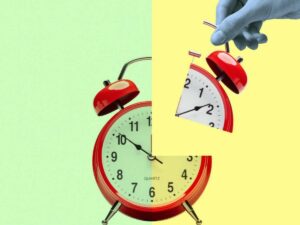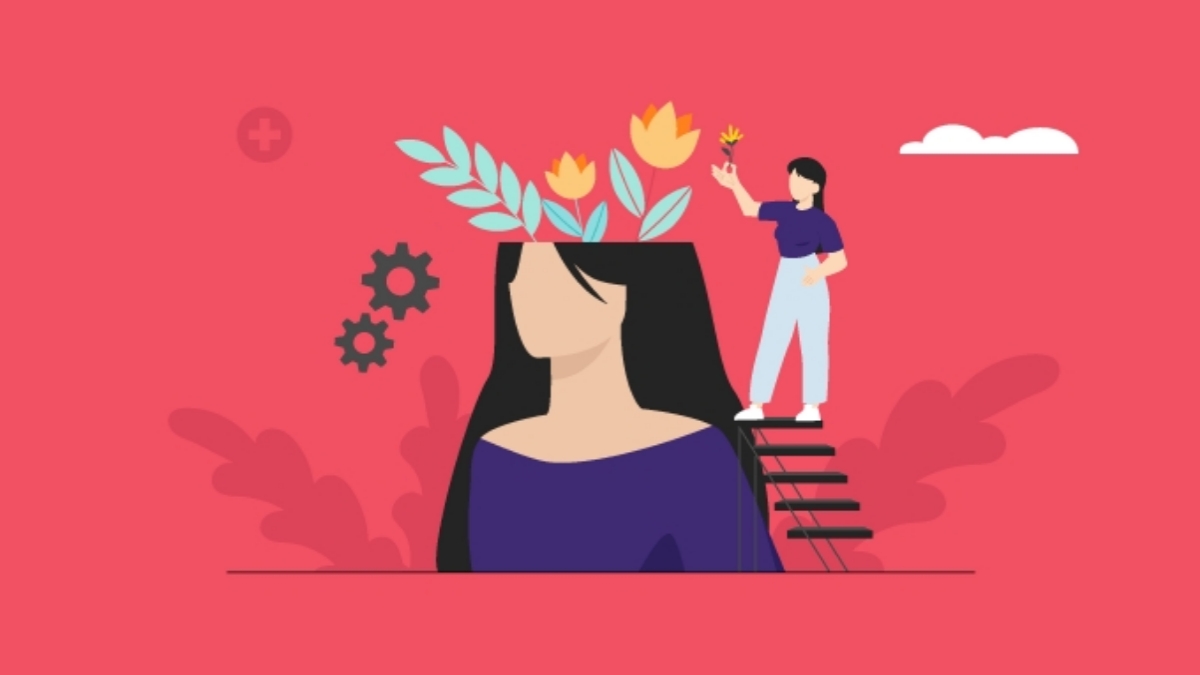Daylight Saving Time (DST) is a practice that has been observed for over a century in many parts of the world. It involves setting the clock forward by one hour in the spring and then shifting it back by one hour in the fall. In the U.S., Daylight Saving Time ends on the first Sunday of November every year, marking the transition back to standard time. This event has implications for everything from our daily schedules to energy consumption, and it signals the start of longer nights and shorter days as winter approaches.
The Concept of Daylight Saving Time
Daylight Saving Time was initially introduced as a way to make better use of daylight during the warmer months. The idea is simple: by shifting the clocks forward in the spring, we get more daylight during the evening hours. This adjustment is particularly useful for extending the amount of daylight people experience after work or school, making it possible to enjoy outdoor activities for a longer period.
However, when Daylight Saving Time ends, we “fall back” an hour, effectively reversing the spring adjustment. This return to standard time is typically met with mixed reactions. While many appreciate the extra hour of sleep, others find the earlier sunsets a challenging adjustment as it can impact mood and energy levels.

Why Does Daylight Saving Time End in November?
In the United States, Daylight Saving Time ends on the first Sunday of November every year. This specific date was chosen to maximize daylight in the evening hours during the warmer months while ensuring the transition back to standard time coincides with the shift toward colder, shorter days.
The November end date also aligns with the goal of conserving energy, which was a major reason DST was first implemented during World War I. By shifting an hour of daylight to the evening, people used less artificial lighting, reducing energy consumption. Although the modern energy benefits of DST are often debated, the practice persists, and the U.S. has kept this schedule for decades.
Effects of Daylight Saving Time Ending
When Daylight Saving Time ends, the most noticeable change is the earlier onset of darkness. For many, the switch can feel abrupt, as it suddenly becomes dark during the evening commute, impacting both mood and daily routines.
Impact on Sleep
One of the most significant effects of the time shift is its impact on sleep patterns. When we “fall back” an hour, most people get an extra hour of sleep, which can initially feel like a bonus. However, it also disrupts the body’s circadian rhythm, the internal clock that regulates sleep. For some, this shift can lead to feelings of drowsiness and sluggishness as the body adjusts to the new schedule.
Health Considerations
Research suggests that the end of Daylight Saving Time may have implications for mental health, particularly for those who are prone to Seasonal Affective Disorder (SAD). The sudden change in daylight exposure can trigger symptoms of depression in some individuals, as the earlier sunsets lead to less time spent in natural light. Additionally, some studies have linked the time shift to disruptions in eating and exercise routines, potentially affecting overall well-being.
How to Adjust to the End of Daylight Saving Time
While the end of Daylight Saving Time can feel disorienting at first, there are strategies to help ease the transition:
1. Gradually Adjust Your Sleep Schedule
In the days leading up to the time change, start going to bed and waking up 10-15 minutes earlier than usual. This gradual adjustment will make the switch feel less jarring.
2. Embrace Morning Light
With the earlier sunrise after the time change, try to get outside in the morning to take advantage of the natural light. Exposure to sunlight in the morning can help regulate your circadian rhythm, making it easier to adjust to the new schedule.
3. Maintain a Consistent Routine
Keeping a regular sleep and wake routine, even on weekends, can help your body adjust more smoothly to the time change.
4. Incorporate Physical Activity
Exercise is a great way to boost energy levels and mood, especially as the days become shorter. Try to fit in outdoor activities during daylight hours to maximize your exposure to natural light.
The Debate Over Daylight Saving Time
Although Daylight Saving Time ends every November, there is ongoing debate about whether the practice should continue. Proponents argue that it saves energy and promotes outdoor activities, while critics claim that the negative effects on health and daily routines outweigh the benefits.
Several U.S. states have proposed legislation to either stay on standard time year-round or adopt DST permanently. States like Florida and California have made headlines by advocating for the elimination of the biannual time changes. Supporters of year-round DST argue that it would provide more consistent daylight in the evening, potentially reducing traffic accidents and boosting economic activity.
On the other hand, those in favor of year-round standard time argue that switching back and forth disrupts sleep and daily routines. They point out that the shift in time increases the risk of heart attacks and workplace injuries in the days immediately following the time change.
Conclusion
As Daylight Saving Time ends on the first Sunday of November every year in the U.S., millions of people adjust their clocks and daily routines to accommodate the shorter days and longer nights. While the extra hour of sleep is welcomed by many, the earlier sunsets and potential health impacts are less appealing.
Whether the practice of Daylight Saving Time will continue remains to be seen, as debate persists over its pros and cons. For now, as the clocks roll back, it’s an opportunity to reflect on how we can make the most of the changing seasons and adapt to the natural rhythm of daylight.



